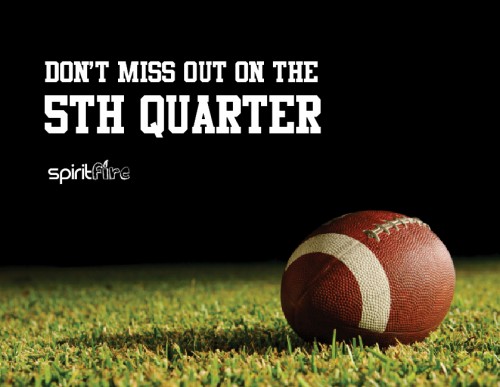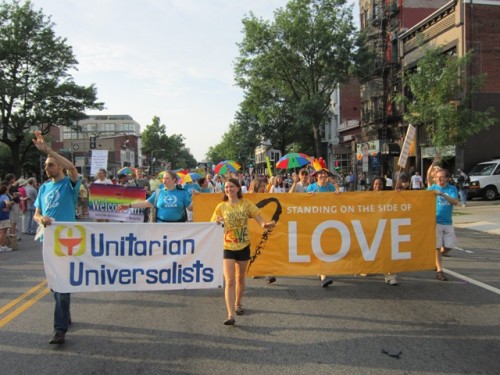This past Thursday marked the two-year anniversary of the massive earthquake that almost completely destroyed Haiti’s capital city of Port-au-Prince, killing hundreds of thousands, and throwing the country into chaos. A number of mainstream news outlets have marked the occasion with retrospectives and updates on Haiti’s progress, and various ideas of what Haiti (and the hundreds of NGOs operating in Haiti) should do to speed recovery. By all accounts building and rebuilding in Haiti has been slow, the green-lighting of new projects frustratingly intermittent, and often controlled by outside charities instead of the newly elected government. Today, over half a million Haitians still live in tents and temporary shelters, with many more living in “houses” that are quake-damaged and unsafe. Meanwhile, the subsequent cholera outbreak, which sparked a wave of religiously-motivated anti-Vodou killings in rural areas, continues to rage on at an alarming rate.
httpv://www.youtube.com/watch?v=ktYd59i7zDw
Many in the modern Pagan and occult communities feel a deep affinity and love for Haiti as the home of Haitian Vodou, a syncretic faith tradition that has seen a growing number of Pagans become students and initiates of its teachings. After the earthquake many Pagans reached out to help, with former COG First Officer Peter Dybing there on the ground in the immediate aftermath, providing emergency services. Dybing continues to work for the reconstruction of Haiti through a charity called “100% for Haiti,” and urges fellow Pagans to support their work.
“Out of the rubble has risen a Phoenix of compassion and hard work. Artists in Saint Croix U.S. Virgin Islands banded together and held an action to benefit the community and 100% for Haiti was born. Over the last 20 months much has improved. We have constructed a school of ply wood, purchased tables, hired teachers, built facilities, provided meals to the children and even have began to insure the kids get some medical attention. All accomplished with a pluralistic humanitarian intent.”
But what of Vodou voices on this anniversary? We know that Haitian President Michel Martelly wants to build a tourism industry around Vodou, but what other roles and initiatives are Vodouisants a part of? Max Beauvoir, the appointed “supreme master” of a coalition of Haitian houngans, seems to be acting as the government’s official face of Vodou, meeting with visiting dignitaries like Nation of Islam leader Louis Farrakhan, and giving interviews to foreign journalists, though American press outlets seem to have avoided Beauvoir lately, perhaps because of the uncomfortable things he says about Christian missionaries in Haiti. Haitian-born anthropologist Gina Athena Ulysse, writing on the occasion of this anniversary, bemoans the “geopolitically driven myths” about Vodou, and worries about the effects of this “spiritual uprooting” in the wake of the earthquake.
“In my early teens, in the aftermath of migration and bombarded with narrow and negative views of Haiti, I vividly recall deciding to go back there only when the political situation changed. I ended up pursuing a degree in anthropology for the same reason and in the process became too cognizant of the ways Vodou, as an African-based cultural heritage, was under siege. By the time I made my first return, missionaries proliferated and provided social services neglected by the compromised and combative state. Conversion to Protestantism was de rigueur. We were not immune.
My family’s connection to the spirits, which was always tenuous, had practically disappeared as various parcels of land had been sold off and were now inhabited by strangers or newcomers to Port-au-Prince.The diasporic ties that bind continued to fray. No one cared as the stigma had taken hold. This was most evident in the neglected peristyle or temple that was once revered as sacred space where community gathered. When a cousin boldly stated “bagay sa yo pa a la mode ankò” (or “such things are no longer in style”), he was echoing a broader sentiment. Many among the young see serving as old fashioned. The spiritual uprooting of the last three decades was exacerbated by the devastating earthquake nearly two years ago that also fractured so many temples. That was a sign of things to come. Ours eventually crumbled as the last of the stalwarts converted.”
While Vodou is facing challenges in post-earthquake Haiti, it continues to be a part of the Haitian psyche, and influences its artists as they try to make sense of what has happened to them.
httpv://www.youtube.com/watch?v=etXhwnsqZe4
To get a look at Haiti’s thriving art scene, that first afternoon, photographer Ron Haviv and I turn up at a downtown art community, which is hosting its Second “Ghetto Biennial.” In its confines, a good bit of the art is under-laid in a sort of vestigial nod to West Africa by an undercurrent of animal-sacrifice religion of voodoo. It is a religion practiced by few, yet known (and feared) by many. And it makes for some striking art. The Ghetto Biennial is a high-energy visit. People are moving everywhere. Out front are tall, black-painted, angular metal sculptures with actual human skulls, also painted black, attached to their tops. “Yes, those are real,” says a man watching the sculptures when I experimentally tap one of the skulls with my index finger. “The artist gets them because his atelier is over near the graveyard.”
You can read more about post-earthquake Haitian art, here.
Haitian Vodou, like Haiti itself, seems to be at a crossroads. More and more people outside of Haiti are drawn to Vodou, but the faith faces grave challenges both structural and spiritual. As Haiti’s slow reconstruction moves forward, will Vodou manage to thrive in its home, or will it be changed irrevocably by the pressures of this chaotic time? There are no easy answers, but those of us invested in Haiti, Haitian culture, and Haitian Vodou, must remain vigilant to their ongoing struggles and challenges. Haiti must not be lost down the memory hole as new tragedies or events spring up.















